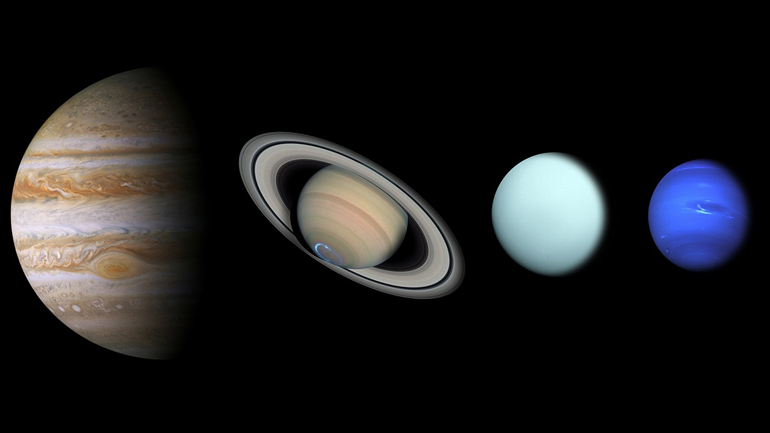A new study has shed light on the timing of a crucial event in the Solar System’s history – the orbital instability that caused the giant planets to migrate to their current positions. The findings, based on an analysis of the relationship between low-iron enstatite (EL) chondrites and Athor family asteroids, suggest that this migration occurred between 60 and 100 million years after the Solar System began to form.
The giant planets of our Solar System – Jupiter, Saturn, Uranus, and Neptune – formed closer to the Sun than they are now and migrated to their current orbits during a period of instability. Previous estimates had suggested that this instability occurred less than 100 million years after the start of Solar System formation, but the exact timing remained uncertain.
Asteroid Collision Provides Clues
To better understand the timing of the giant planets’ migration, researchers Chrysa Avdellidou and colleagues studied the Athor family of asteroid fragments. These fragments were produced by an asteroid collision that destroyed a progenitor asteroid approximately 3 billion years ago. The researchers believed that determining how the material from this collision became implanted into the Solar System’s asteroid main belt could help date the timing of the orbital instability.
Using a combination of thermochronometer models, orbital dynamics simulations, and meteorite data, the researchers discovered a connection between EL chondrite meteorites and Athor family asteroids. This connection indicates that the implantation of these asteroids into the main belt occurred more than 60 million years after the Solar System began to form, providing a lower limit for the timing of the giant planet orbital instability.
Possible Link to Earth’s Moon Formation
Interestingly, the researchers noted that the giant impact that led to the formation of Earth’s moon also occurred within the same time range of 60-100 million years after the Solar System’s formation. They speculate that the two events – the giant planets’ migration and the moon-forming impact – may be related.
The findings not only provide new insight into the Solar System’s evolution but also shed light on the conditions that may have led to the formation of Earth’s moon. The study highlights the importance of understanding the complex processes that shaped our Solar System and the potential connections between seemingly disparate events.
As researchers continue to unravel the mysteries of our cosmic neighborhood, studies like this one bring us closer to understanding the intricate history of the Solar System and the events that have shaped the planets and moons we observe today.


